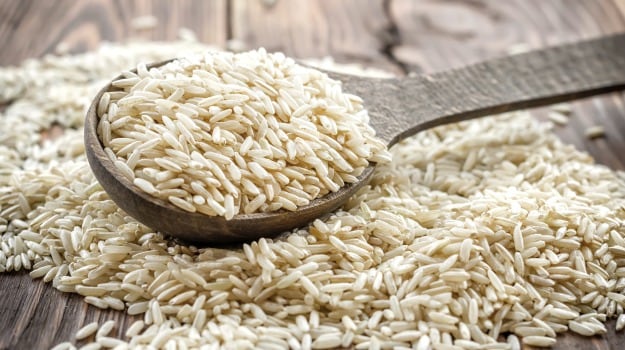If you’ve always loved rice but avoided it for the sake of your diet dreams, here’s a piece of good news that will put it back on your plate. It may sound too good to be true but scientists from the College of Chemical Sciences in Colombo have discovered a simple cooking method that can help reduce the calorie content of rice by 60 percent!
Starchy foods like rice are a good source of carbohydrates and energy. When we eat it, our body breaks it down into simple sugars. Certain leftovers may be stored by the body and converted into glucose whenever needed. But excess of glucose in the body may be stored as fat and it may lead to obesity.
"Because obesity is a growing health problem, especially in many developing countries, we wanted to find food-based solutions," said team leader Sudhair James from College of Chemical Sciences, Colombo, Western, Sri Lanka.
The team experimented with 38 kinds of rice to see if they can alter the composition that can trick the body to absorb fewer calories. Rice is made up of digestible and resistant starch. Unlike digestible starch, resistant starch is not broken down into glucose and simple sugars and absorbed into the bloodstream.
Thus, the researchers reasoned that if they could transform digestible starch into resistant starch, it could lower the amount of calories absorbed by the body from rice.
"We discovered that increasing rice resistant starch (RS) concentrations was a novel way to approach the problem," James added.
(White Rice, Brown Rice Or Red Rice: Which One is the Healthiest?)
They suggest a simple way to achieve this - add a little fat, and then let it cool. According to their research, adding a teaspoon of coconut oil while cooking and refrigerating it for 12 hours after it is cooked reduces the number of calories absorbed by the body. To prove this, they added a teaspoon of coconut oil to boiling water. Then, they added a half a cup of rice. They simmered this for 40 minutes, but one could boil it for 20-25 minutes instead, the researchers noted. Then, they refrigerated it for 12 hours. This procedure increased the resistant starch by 10 times for traditional, non-fortified rice. By using a specific heating and cooking regimen, the scientists concluded that "if the best rice variety is processed, it might reduce the calories by about 50-60 percent".
Why does it work? It works because coconut oil enters the starch granules during the cooking process and changes their architecture. It acts as a barrier against the digestive enzymes. Cooling is important because it releases amylose, the soluble part of starch. During the cooling process, amylose molecules arrange themselves into tight hydrogen bonds around the grains which make it more resistant to digestion.
(The Miraculous Health Benefits of Coconut Oil)
They further noted that reheating the rice did not alter the benefits, so it works with leftovers too. These findings were presented at the 249th National Meeting & Exposition of the American Chemical Society (ACS) in Denver. The team plans to work on exploring whether other oils can have the same effect.





